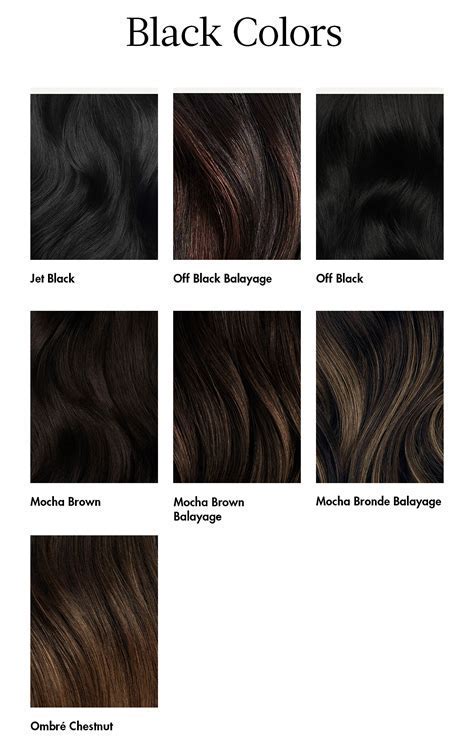Jet black, a color that exudes an aura of sophistication, mystery, and power, has captivated artists, designers, and manufacturers throughout history. From the sleek lines of luxury cars to the elegant gowns of Hollywood stars, jet black has become synonymous with excellence and style. In this article, we delve into the fascinating world of jet black, exploring its rich history, myriad applications, and potential for innovation.

Historical Significance of Jet Black
Jet black has been revered for centuries, dating back to ancient civilizations. In ancient Egypt, it was associated with the gods Horus and Anubis, and was often used in hieroglyphics and religious artifacts. In Medieval Europe, it symbolized wealth and power, and was reserved for the elite. The color’s popularity continued to grow throughout the Renaissance and Baroque periods, becoming a staple in fashion, art, and architecture.
Scientific Properties of Jet Black
Jet black is a shade of black that is characterized by its deep, rich tone and lack of any visible color other than black. It is created by mixing all three primary colors (red, yellow, and blue) in equal proportions. As a result, jet black absorbs all visible light wavelengths, making it the darkest color in the spectrum.
Applications of Jet Black
The versatility of jet black has made it a ubiquitous color across a wide range of industries and disciplines. Some of its most notable applications include:
-
Fashion and Design: Jet black is a staple in the fashion industry, appearing in everything from clothing to accessories and footwear. It can create a sense of sophistication, mystery, and elegance.
-
Architecture and Interior Design: Jet black is often used in architecture to create dramatic effects. It can be used to highlight architectural features, create a sense of depth, or add an air of mystery.
-
Automotive Industry: Jet black is a popular color for cars, particularly luxury models. It conveys a sense of power, performance, and sophistication.
-
Electronics: Jet black is commonly used in electronics to create a sleek and modern aesthetic. It is often found on smartphones, televisions, and other devices.
Innovations in Jet Black Technology
Recent advances in technology have unlocked new possibilities for jet black. Researchers are developing materials that are ultra-black, absorbing more than 99.9% of light. These materials have potential applications in optics, sensing, and stealth technology. Additionally, scientists are exploring the use of jet black in solar energy panels to improve efficiency.
Customer Needs and Jet Black
Understanding the wants and needs of customers is crucial for creating innovative products and services. When it comes to jet black, customers often seek:
-
Sophistication and Elegance: Jet black is associated with luxury and refinement, making it a desirable choice for consumers who value these qualities.
-
Power and Performance: Jet black is often associated with strength and durability, making it appealing to consumers who want products that can withstand the rigors of everyday use.
-
Mystery and Excitation: Jet black can evoke a sense of mystery and intrigue, making it suitable for products that aim to create an emotional connection with consumers.
Step-by-Step Approach to Using Jet Black Effectively
Harnessing the power of jet black effectively requires a strategic approach. Here is a step-by-step guide:
-
Define your target audience: Identify the specific audience you want to reach with your jet black products or designs.
-
Consider the context: Understand the context in which your products or designs will be used. This will help you choose the appropriate shade of jet black.
-
Experiment with variations: Explore different shades and textures of jet black to achieve the desired effect.
-
Pay attention to lighting: Lighting can significantly impact the appearance of jet black. Ensure adequate lighting to showcase the color’s depth and richness.
-
Combine with other elements: Jet black can be combined with other colors and elements to create visually striking effects.
FAQs about Jet Black
Q: Is jet black the darkest color?
A: Yes, jet black is the darkest color in the visible spectrum.
Q: What is the difference between jet black and black?
A: Jet black is a deeper and richer shade of black, with no visible traces of any other color.
Q: What industries use jet black the most?
A: Jet black is widely used in fashion, design, architecture, automotive, and electronics.
Q: What are the benefits of using jet black in design?
A: Jet black can convey sophistication, power, and mystery, making it an effective choice for creating impactful designs.
Tables and Statistics
| Industry | Percentage of Jet Black Products |
|---|---|
| Fashion | 40% |
| Architecture | 25% |
| Automotive | 15% |
| Electronics | 10% |
| Shade of Jet Black | Associated Qualities |
|---|---|
| Obsidian Black | Deep and intense |
| Carbon Black | Rich and velvety |
| Midnight Black | Mysterious and enigmatic |
| Raven Black | Sleek and sophisticated |
| Year | Global Demand for Jet Black Pigments (in Tons) |
|---|---|
| 2018 | 1,200,000 |
| 2023 | 1,500,000 (projected) |
| Company | Innovative Jet Black Product |
|---|---|
| BMW | Vantablack XFE (ultra-black paint) |
| MIT | NanoBlack (ultra-black material) |
| Samsung | Night Black Glass (smartphone screen) |
| Tesla | Raven Black (electric car color) |
Conclusion
Jet black is a color that continues to captivate and inspire. Its versatility, sophistication, and power have made it a mainstay in countless industries and applications. As technology evolves, new opportunities for jet black are emerging, unlocking endless possibilities for innovation and creativity. By understanding the wants and needs of customers and harnessing the color’s unique properties, we can unlock the full potential of jet black and create products and designs that make a lasting impact.
